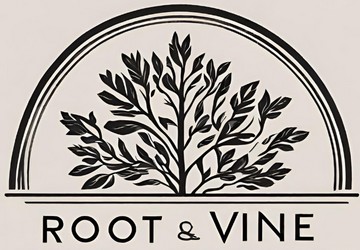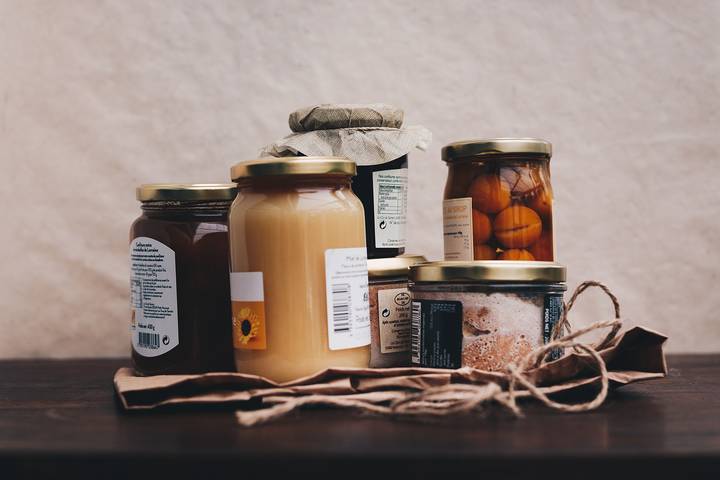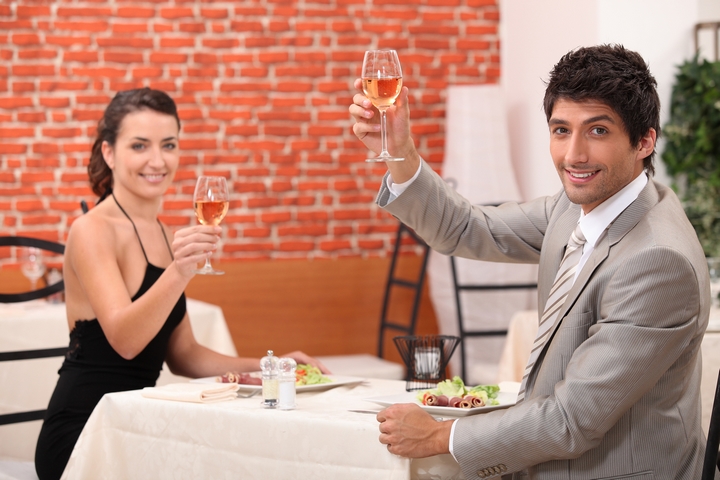
While dining etiquette isn’t as enforced as it once was, it’s still important to know the best fine dining rules and guidelines. If you happen to find yourself at a fancy restaurant with a spouse or a work function, you wouldn’t want to embarrass yourself by behaving inappropriately in this setting.
In this blog post, we’ll explore eight fine dining rules that should help you become a well-mannered dinner guest. The next time you find yourself at a fancy gourmet restaurant, follow these eight fine dining rules and you’ll be sure to impress your fellow dinner companions:
1. Napkins
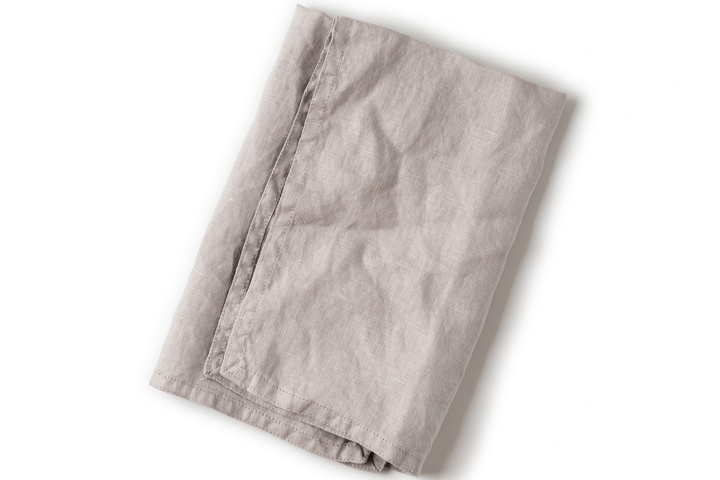
Yes, napkins should be placed on your lap – that’s a no brainer. But did you know there is a specific way to fold your napkin before placing it on your lap? Napkins should always be folded in half with the crease facing toward you.
Another napkin rule: don’t wipe stains, dab stains. Once you’re done dabbing, be sure to close your napkin together so all the stains are hidden within the napkin, not on the outside.
2. Menus

Here’s one of the fine dining rules that you may not have heard of before: the menu should always be touching the table! That’s right, the menu should always be touching the table in one place. This doesn’t mean you have to keep the menu flat on the table the whole time. You can hold it but be sure that at least the bottom is always touching the table.
3. Glasses

We’ve all done this one before: clinked our glasses together in a toast. According to fine dining rules, you should never clink glasses together. Rather, you should just raise your glass in a toast. In fine dining, the less noise you make, the better.
Another rule when it comes to glasses is to always drink from the same spot on the glass for the duration of your time at the restaurant. The reason for this? So that lipstick rings don’t spread across the top of the glass. It’s also a fine dining rule to place your glass in the same spot from which it came when you put it down.
4. Cutlery
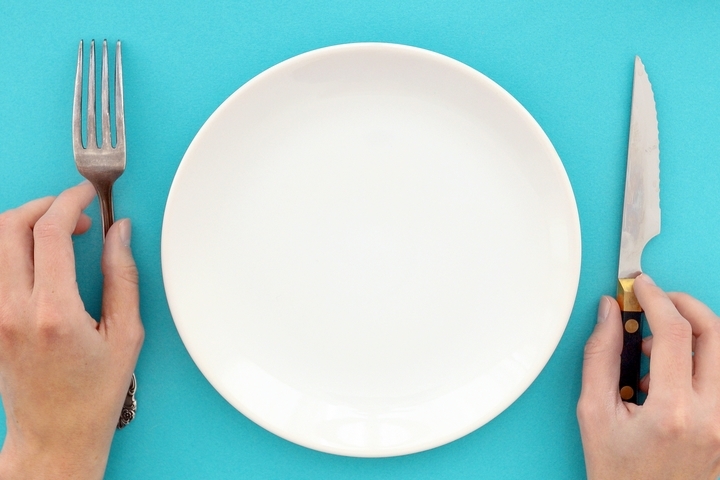
There are many fine dining rules when it comes down to which piece of cutlery you’re supposed to use when. As a general rule, remember to always start from the outside in. The salad fork will generally be on the outer left, and is smaller than the entrée fork, which is found on the right. Ensure you are not using your fork to scoop rather than spear.
The cutting of food should be done as you hold your knife and fork and always as you eat it. A big no-no is cutting up all your food and then eating it. Also make sure the tines of the fork are facing downward while you cut your food. Once you are done eating, leave the knife and fork on the plate, crossing each other. And your spoon? Leave it outside your soup bowl, never inside!
5. Eating

Eating in fine dining restaurants is laden with rules. Some common ones include, refraining from blowing on hot food, never slurp your soup or any other liquid, don’t use your fork or any other cutlery to gesture to someone, and never stick the entire spoon or fork in your mouth.
6. Wine

There are three general rules when it comes to wine in fine dining restaurants. The first rule is about price. It’s bad etiquette to openly discuss the price of the wine on the menu. To avoid this when it comes time to order, point to the price range you would like to order from and ask your waiter for recommendations. Your waiter will understand and will make recommendations in that price range.
The second rule has to do with smelling of the wine. Do not make a big show of sniffing the wine. Rather, carefully smell it as you taste it.
Thirdly, it’s considered bad etiquette to send the wine back. So, unless something is really wrong, like the wine has gone bad and smells like vinegar, don’t send it back.
7. Leave some food on your plate
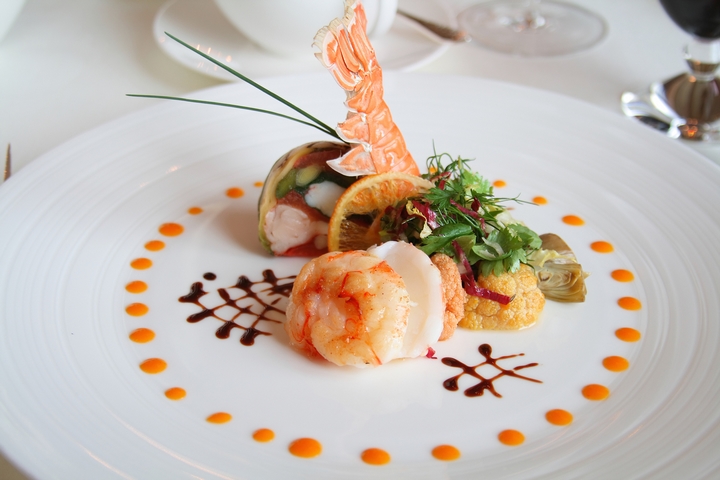
Of all the fine dining rules in the list, this might be counter-intuitive to some of our beliefs. You might think that it’s proper to finish all the food on your plate as a compliment to the chef. Proper fine dining rules encourage you to leave one bite on your plate.
Why? This shows that you enjoyed the meal and that it was just enough food. If you leave your plate empty, it may appear that there was not enough food and that you are still hungry.
8. The bill
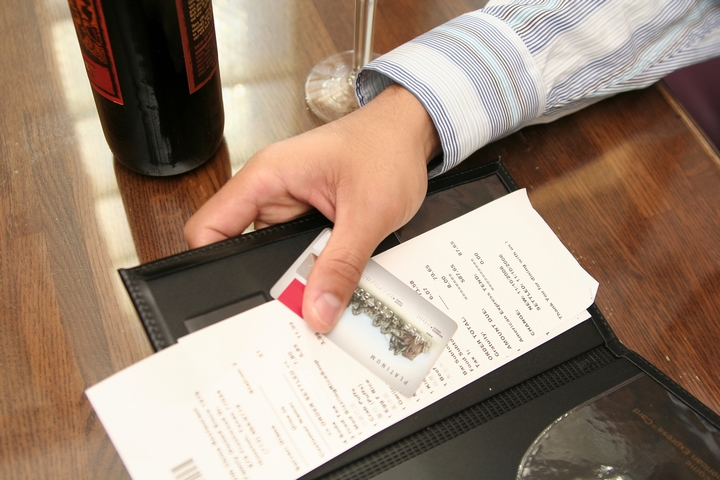
We’ve arrived at the phase of dinner with the most potential to get awkward. If you would like to pay for the meal, the best way to avoid the awkwardness is to arrange payment before dinner begins. That way, if your guests insist on paying or contributing, you can say it’s already been looked after.
